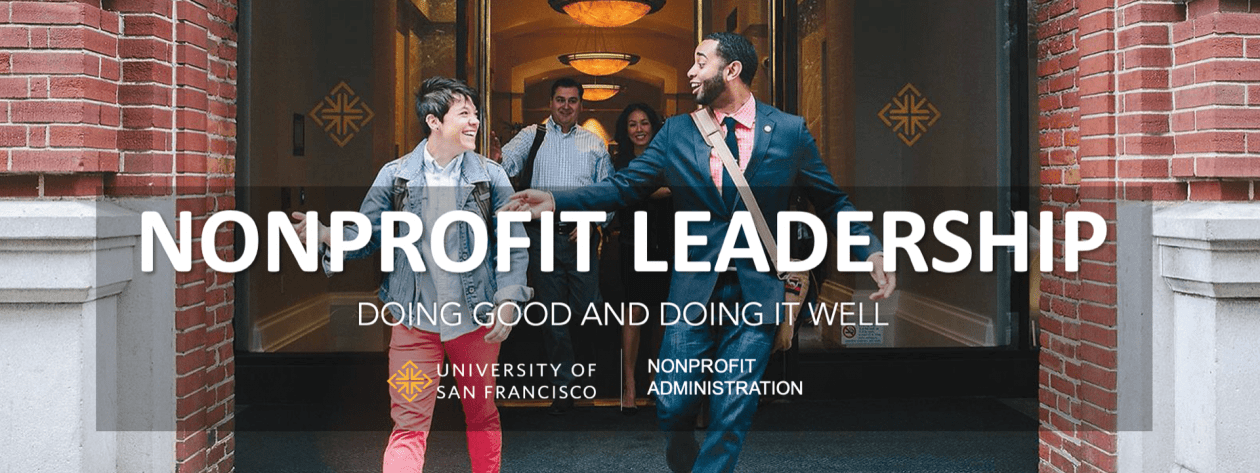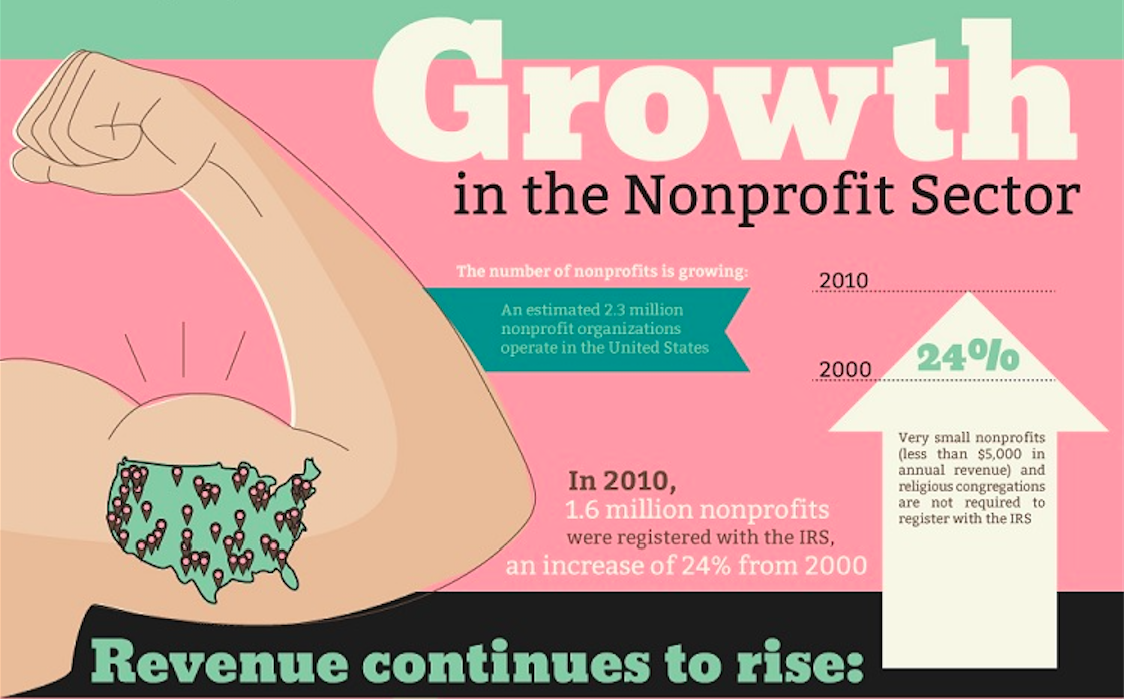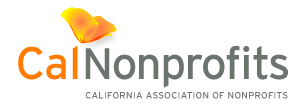New Council Officers will help maintain institutional knowledge, better represent part-time students, and provide greater oversight and inclusion for all NSC affairs.
SAN FRANCISCO – With its mission to, “provide a unified voice for students with a focus on promoting and improving the MNA program at the University of San Francisco,” the Nonprofit Student Council (NSC) has appointed new officer positions, better serving the Nonprofit Administration (MNA) student body, and advancing NSC’s mission.
Founded in August 2015, the Nonprofit Student Council is the official student association for the Master of Nonprofit Administration (MNA) program, providing a unified voice for MNA students, engagement in professional activities and opportunities, and practicing the transformational leadership needed to enhance the missions of University of San Francisco, USF’s School of Management, and the overall MNA program.
Karen Campbell ’19
President
- Part-time MNA student
- Karen is a consultant in the Malloy Consulting Group and actively interviewing for nonprofit leadership fundraising roles.
- Previous work experience: An accomplished nonprofit professional with more than 15 years experience within the sector, Karen’s previous work at The San Francisco Foundation, Slide Ranch and National Dance Institute New Mexico demonstrates her passion and commitment to social justice, youth development, the environment, education and the arts.
 David Byrd ’20
David Byrd ’20
VP of Programming
- Part-time MNA student
- David is currently the Grants Manager at On Lok, a senior services agency based in SF.
- Previous work experience: David has been writing grants for nonprofits in San Francisco and San Diego for the last 12 years and has helped secure more than $50 million in funding for programs and services. David is a California native, born and raised in nearby Davis.
 Cristina Chavez ’20
Cristina Chavez ’20
Co-VP of Communications
- Part-time MNA student
- Cristina is a Program Assistant in Alumni Engagement at USF’s Office of Development.
- Previous work experience: Braille Institute of America, Cristo Rey Boston High School, and the Jesuit Volunteer Corps
 Kelly Cousins ’20
Kelly Cousins ’20
Co-VP of Communications
- Part-time MNA student
- Kelly is a Development Associate at Family Support Services, a nonprofit whose mission is to nurture children, youth and caregivers to keep families healthy and intact.
- Previous work experience: Kelly has been working in Nonprofits in development and administration for years. Previously, she also worked as a teacher.
 Kat Alcaraz-Minnick ’20
Kat Alcaraz-Minnick ’20
Secretary
- Part-time MNA student
- Kat is employed at Stanford University and works in the Sexual Harassment Policy Office as the Training Compliance Assistant.
- Previous work experience: Extensive nonprofit experience in higher education institutions and religious organizations. Kat is a San Francisco native who graduated from USF with a Bachelor of Science in Business Administration, Marketing, and founded and co-operated a livery service for 10 years in San Francisco.
- Part-Time MNA student
- Sam is a RN in the Medical ICU at Zuckerberg SF General Hospital and is the head freshman boys Rowing Coach at St. Ignatius College Prep.
- Previous work experience: Sam attended Seattle University for undergrad, and, while there, discovered a passion for nonprofit work where he led the school’s student-managed competitive club rowing team, and upon graduation started a 501(c)(3) booster organization for the club. While working at the Veterans Affairs as an RN, he coached at a local Seattle rowing team before moving into intensive care.












